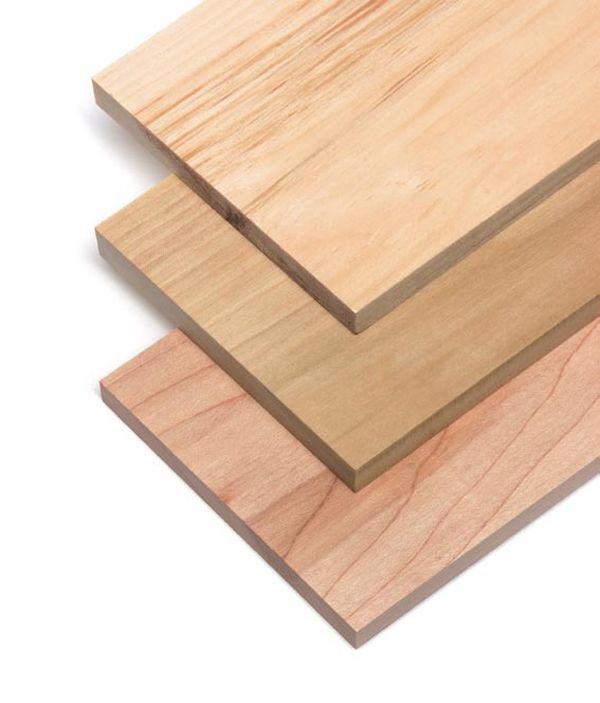Secondary Wood is Not Second Best
Pine and poplar are most popular for interior parts and panels; maple also works well
Synopsis: For centuries, furniture makers have used lesser, plainer wood for hidden or rarely seen parts. These “secondary” woods were cheaper, and the practice saved money by conserving expensive material. Today, with hardwoods sometimes more than triple the price of pine or poplar, using secondary wood can still provide advantages. Furniture maker Mario Rodriguez lists woods to choose from (including plywood and MDF) and the furniture parts that are often built with secondary woods.
If you examine a Shaker cupboard or a Queen Anne lowboy, you’ll notice that the interior framework, drawer sides, and back panels are made of different wood from the exterior.
Even two centuries ago, furniture makers used lesser, plainer wood for hidden or rarely seen parts. These “secondary” woods were cheaper, and they sometimes made the piece function-and look-better.
The practice saved money by conserving expensive material. Mahogany, in particular, was rare and costly. But even walnut was prized and not to be wasted.
Today, furniture makers still struggle with the economics of their crat. With hardwoods sometimes more than triple the price of pine or poplar, using secondary wood can provide the same practical advantages it did 200 years ago.
Wise use of secondary wood can make you a more efficient furniture maker; one who considers the conservation of time and effort, as well as natural resources.
Many reasons to use secondary wood
In most cases, using secondary wood will reduce the cost of your project. In the Northeast, No. 2 pine sells for about $1.35 per board food compared to about $7.50 for mahogany. There’s no point in using an expensive material for interior parts if a cheaper substitute will do just as well.
From Fine Woodworking #180
For the full article, download the PDF below:
Fine Woodworking Recommended Products

Bessey EKH Trigger Clamps

Jorgensen 6 inch Bar Clamp Set, 4 Pack

Dubuque Clamp Works Bar Clamps - 4 pack























Log in or create an account to post a comment.
Sign up Log in